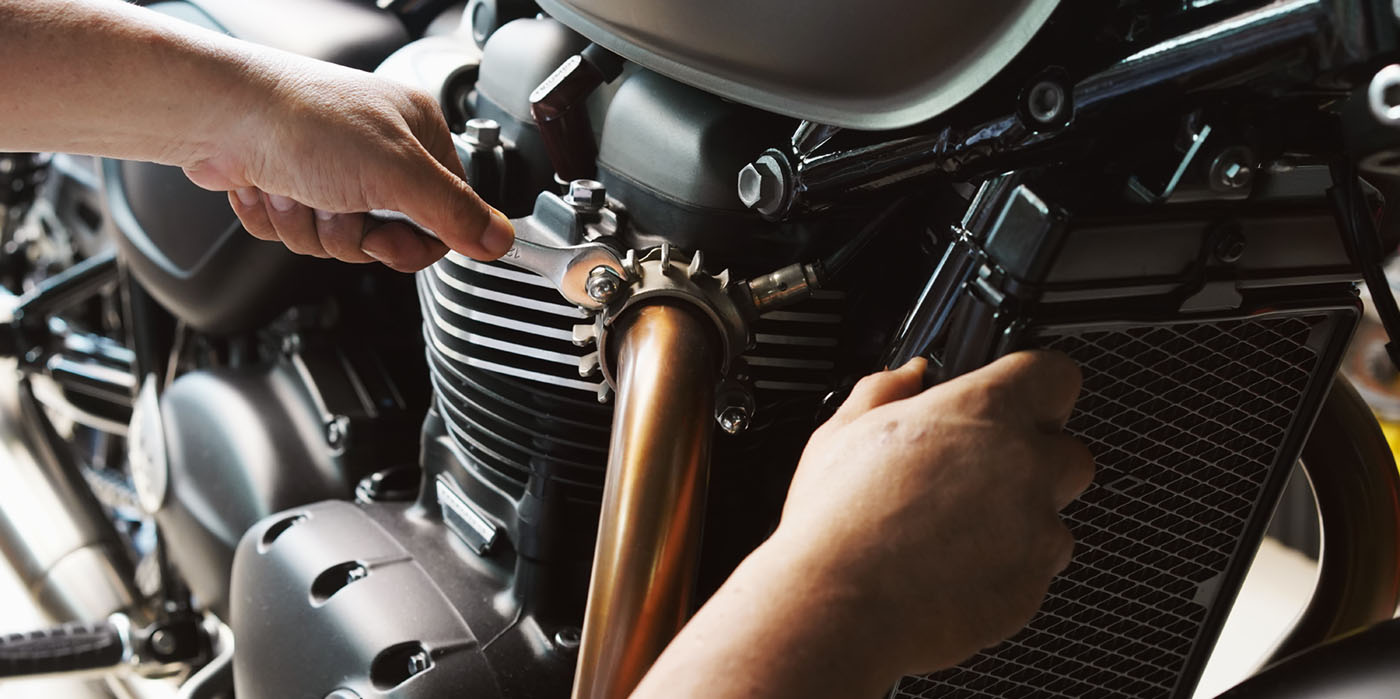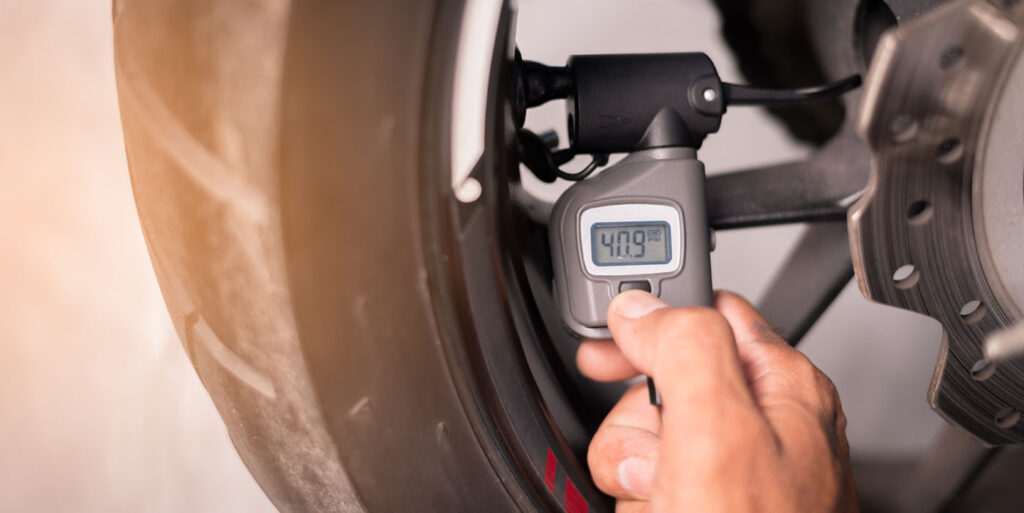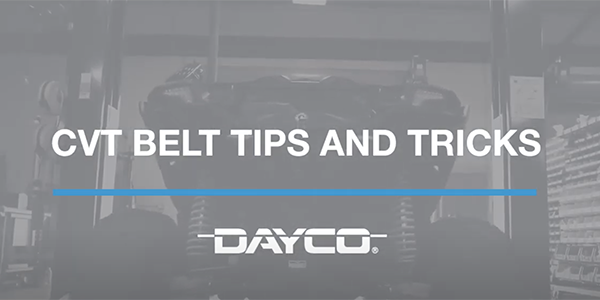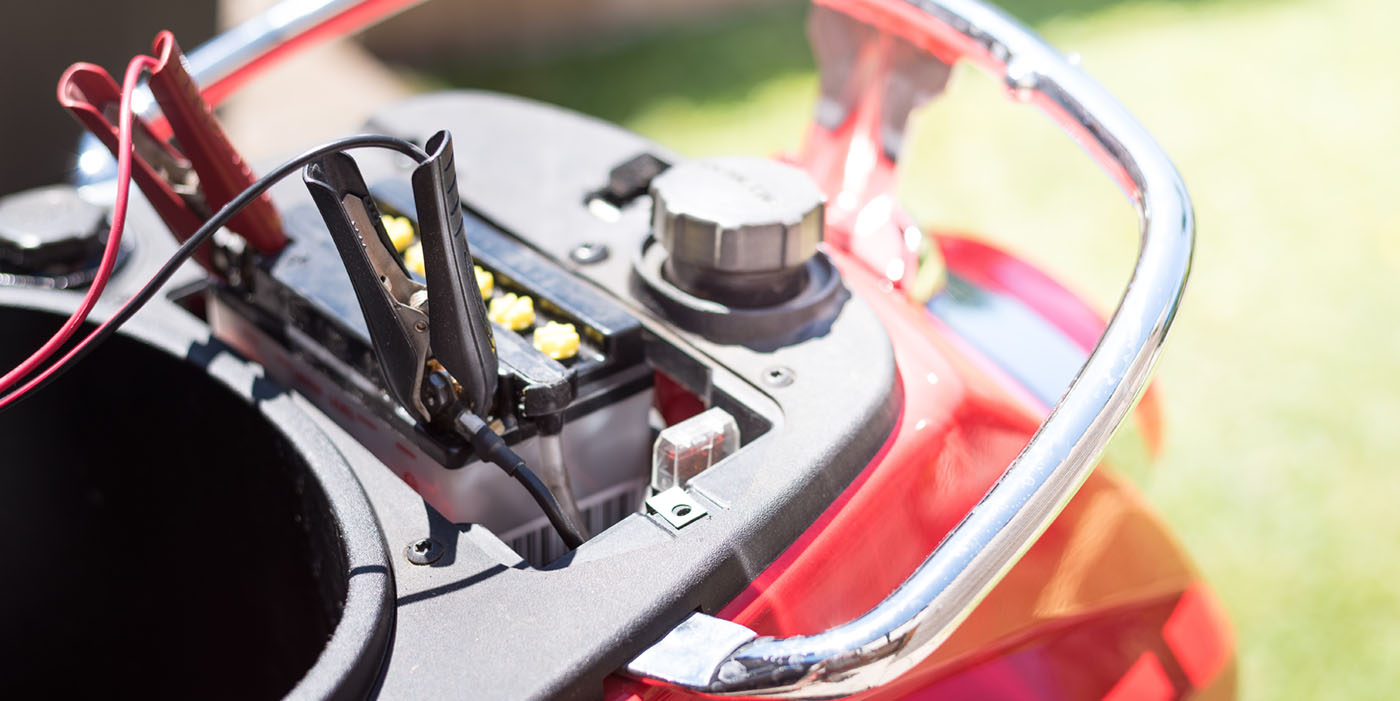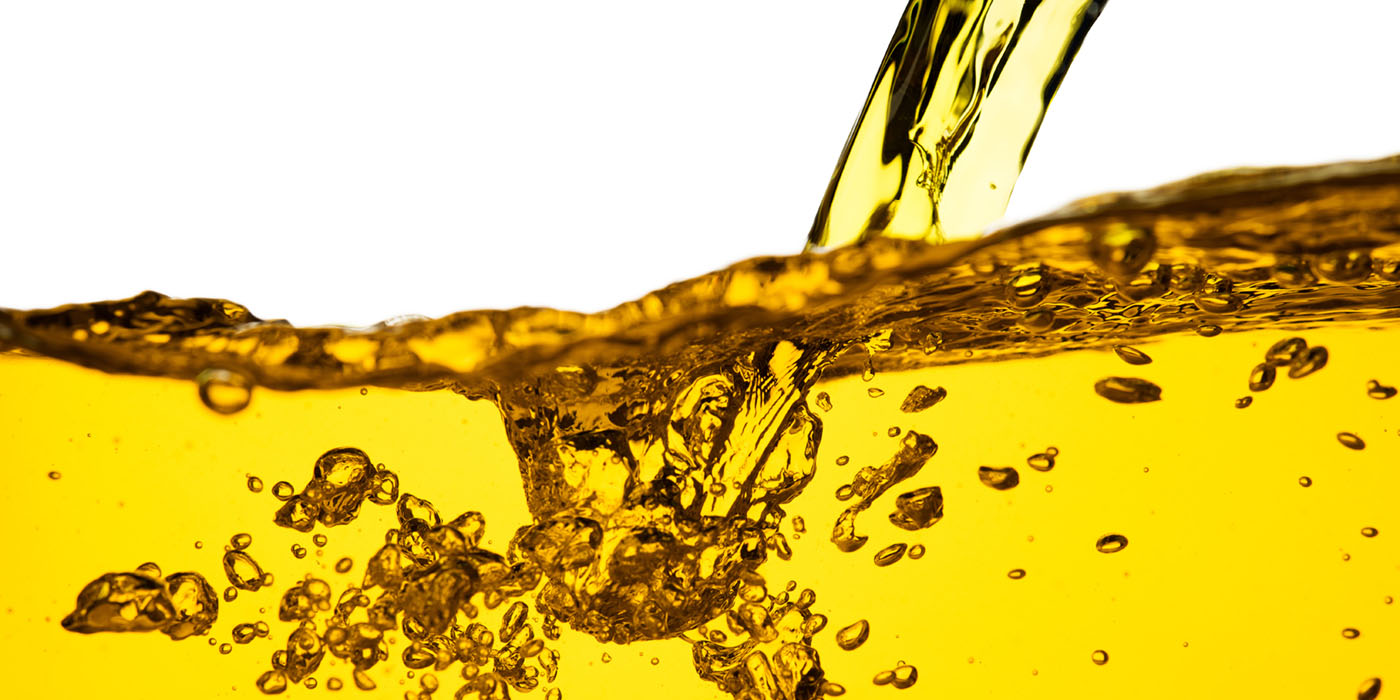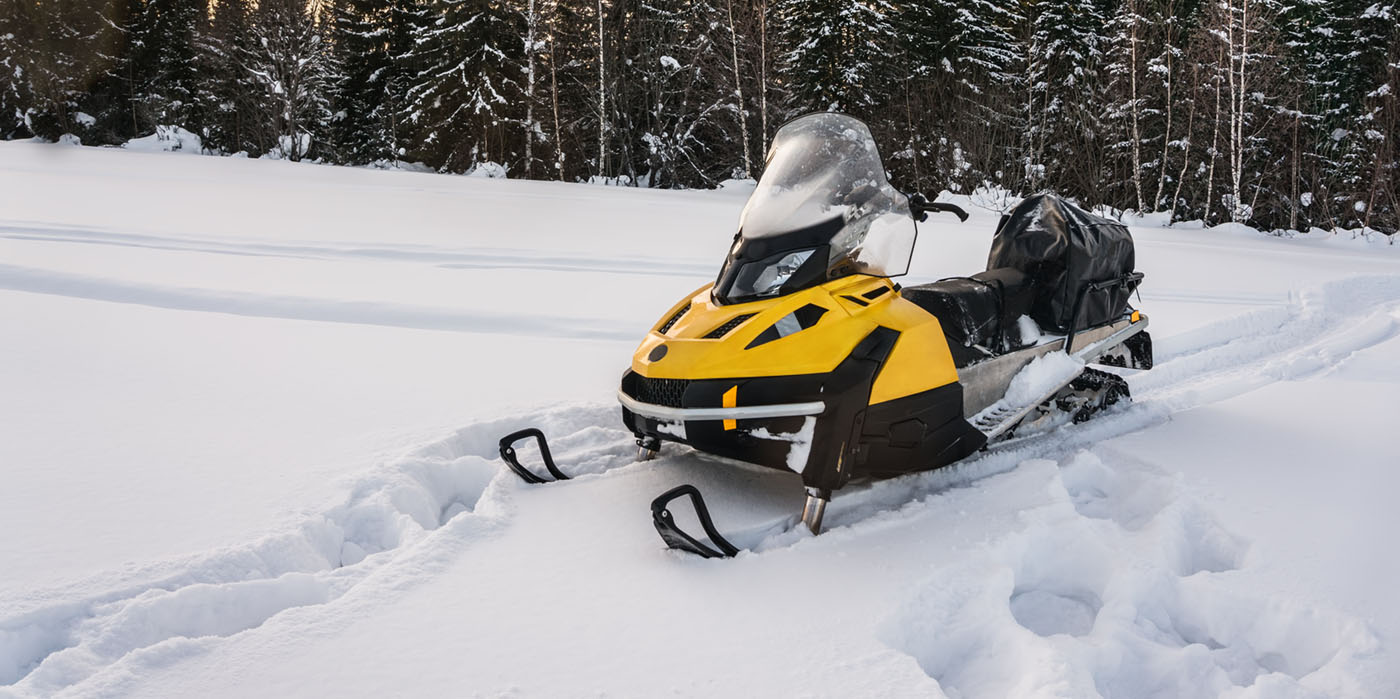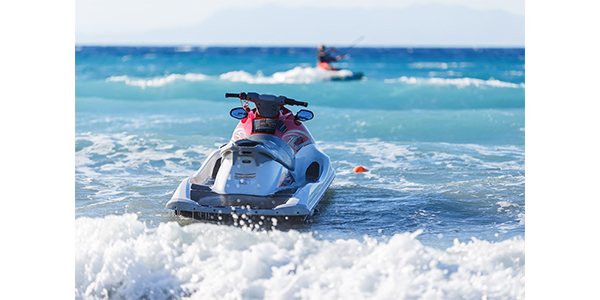
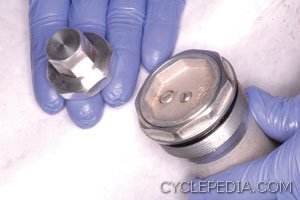
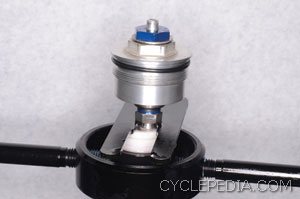
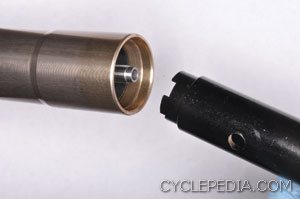
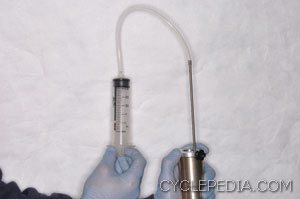
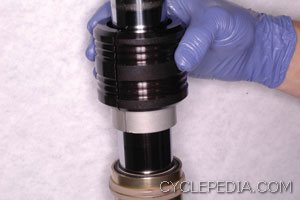
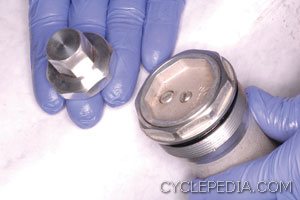
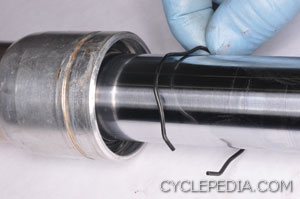
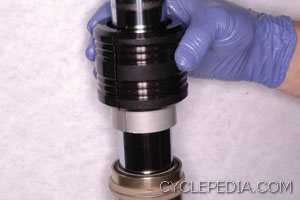 It’s springtime, and all those bikes that hibernated through the winter are returning to service. This is a prime time for fork seals to start leaking. A leaky fork seal is more than just an eyesore. A loss of fork oil will at best degrade the damping performance and cause a failed inspection. At worst, the fork oil can coat the front brake disc and tire, leading to an unsafe motorcycle.
It’s springtime, and all those bikes that hibernated through the winter are returning to service. This is a prime time for fork seals to start leaking. A leaky fork seal is more than just an eyesore. A loss of fork oil will at best degrade the damping performance and cause a failed inspection. At worst, the fork oil can coat the front brake disc and tire, leading to an unsafe motorcycle.
All damping rod forks are essentially serviced the same way — the service becomes less straightforward when the level of suspension technology is more advanced.
Before starting a fork seal service, take some time to make the proper preparation. The best place to start is a quality service manual that will have the factory specifications, procedures and special tool requirements. Reading through the procedure before the job is started will help you make a better estimate for the customer and complete the job in less time.
The most common specifications you will need are oil volume, oil level, oil type and torque specs. It is also good to know the service limits for the related components like fork spring free length. Note any special procedures such as oil bleeding to make sure the rebuilt fork performs as it was intended from the factory.
Having the necessary special tools to complete the job is vital. Replacing fork seals doesn’t take that long even on complex forks, unless you realize mid-course you don’t have the right tool for the job.
If you service motorcycles, you will replace fork seals. Being prepared with specifications, procedures and special tools will make this common job a breeze.
Brought to you by the people at WWW.CYCLEPEDIA.COM, Cyclepedia Press LLC painstakingly publishes online service manuals for many popular ATVs, motorcycles and scooters. Our full-color, online product is the first of its kind in the powersports industry. We provide our customers with service information now, not in 3-5 days shipping time. Our time and money saving, online manuals are a great compliment to an Authorized Factory Service Manual.



